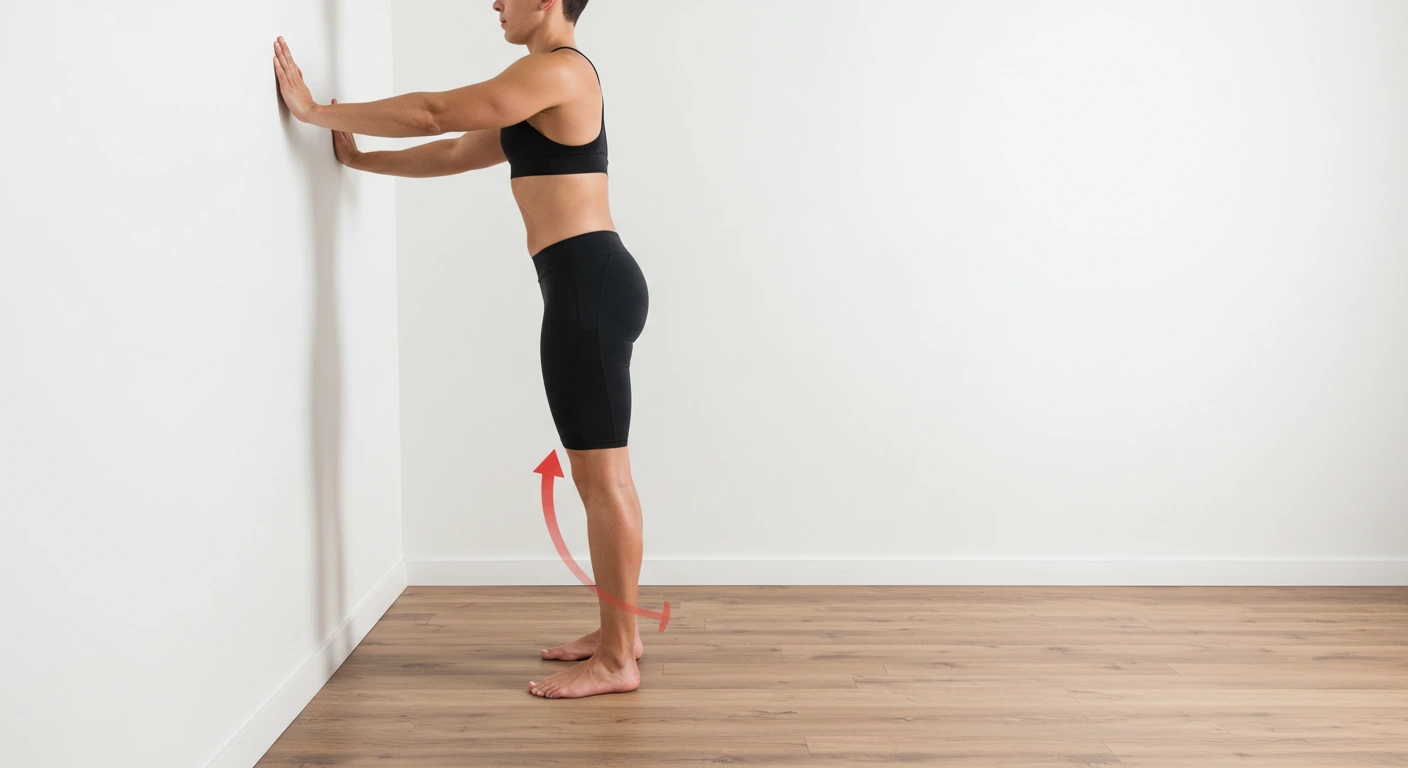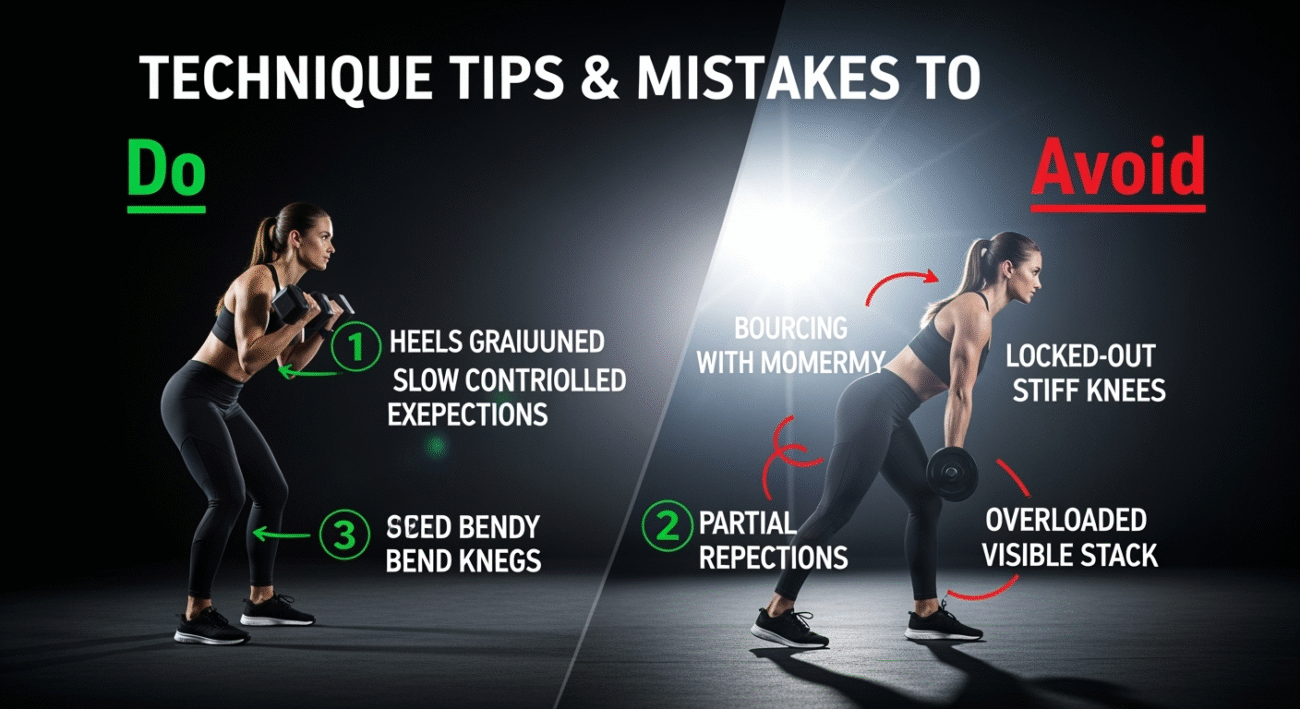Tibialis Raises: The Complete Health & Recovery Guide

Let’s be honest most of us train our legs by squatting, lunging, or doing calf raises. But there’s a small, often-ignored muscle in the front of your shin that quietly does a lot of work the tibialis anterior. And when it gets weak, tight, or cranky, you’ll know it hello shin splints, wobbly ankles, and painful runs. That’s where tibialis raises come in. They’re simple, safe, and effective, and they can change the way your legs feel and perform.
We’ll cover everything you need to know about tibialis raises what they are, why they matter, how to do them right, how to recover, and how to use them for injury prevention and long term health. We’ll also look at what other blogs say and go one step further, filling in the gaps with fresh, practical advice.
Tibialis raise health information:
| Aspect | Description | Benefits for health |
|---|---|---|
| Muscles worked | Primarily targets the tibialis anterior muscle. Also engages the calf and peroneal muscles for stability, as well as the small intrinsic muscles of the foot. | Builds balanced lower leg strength, which is essential for overall leg function and injury prevention. |
| Injury prevention | A strong tibialis anterior helps absorb impact during running, walking, and jumping. It acts as a decelerator to protect the knees and ankles from strain. | Reduces the risk of shin splints, patellar tendonitis, and ankle sprains. |
| Balance and stability | Strengthening the tibialis anterior improves ankle stability and foot control, which is crucial for navigating uneven terrain and preventing falls. | Enhances balance and coordination, which is especially important for older adults and athletes. |
| Pain reduction | Strengthening the shin and ankle muscles can alleviate pain caused by muscle imbalances or overuse. | Reduces pain in the shins, feet, ankles, and knees during everyday activities like walking or climbing stairs. |
| Performance enhancement | A stronger tibialis contributes to better shock absorption and force production during movements like running and jumping. | Increases speed, agility, quickness, and vertical jump ability for athletes. It also improves stability during heavy lifts like squats. |
| Mobility and posture | Increases ankle mobility by improving dorsiflexion, the range of motion for pulling your foot upward. | Better ankle mobility can support a more efficient and powerful stride, which improves overall body mechanics and posture. |
| Rehabilitation | Because it is a low impact exercise, tibialis raises are ideal for rebuilding lower leg and ankle strength after an injury. | Aids in the rehabilitation process for patients recovering from foot, ankle, or knee injuries. |
Meet Your Tibialis Anterior
The tibialis anterior runs along the outside of your shin, from just below your knee to your foot. Its main job is dorsiflexion pulling your toes upward. But it also helps stabilize your ankle, supports the foot’s arch, and prevents your toes from slapping the ground when you walk or run.
When weak, the tibialis anterior can’t absorb impact properly. This leads to:
- Shin splints
- Rolling ankles
- Knee pain from poor mechanics
- Flat feet symptoms
- Trouble running, climbing stairs, or hiking
Strengthening it with tibialis raises improves performance, reduces pain, and helps you move more confidently.
Benefits of Tibialis Raises
Stronger Shins, Happier Legs
By training the tibialis anterior, you get better control of your foot placement. That means smoother walking, running, and jumping and fewer missteps.
Shin Splint Prevention
Weak shins are a recipe for shin splints. Tib raises strengthen the area, improve shock absorption, and protect your bones and joints.
Better Balance and Stability
A strong tibialis anterior works with your calves and ankles to keep you steady whether you’re sprinting, hiking, or just stepping off a curb.
Injury Recovery and Rehab
Tib raises are gentle enough to help with recovery from ankle sprains, tendonitis, and mild shin pain. Done correctly, they improve circulation and restore function.
Performance Boost
Athletes benefit too. Runners can stride more efficiently. Jumpers can land more softly. Even lifters gain more stability in squats and deadlifts.
How to Do Tibialis Raises
Wall Tibialis Raise
- Stand with your back against a wall.
- Step your feet 12–18 inches forward.
- Keep your heels on the floor.
- Lift your toes as high as you can.
- Lower slowly and repeat.
Seated Version
Sit on a chair, feet flat. Lift your toes toward your shins, then lower slowly. Add a small bag or towel for resistance.
Band-Resisted Raise
Anchor a band low, loop it over your toes, and pull upward against resistance.
Weighted Version
Use a tib bar or place a small plate on your toes while seated. Lift slowly, control the movement, and lower gradually.
Heel Walks
Walk on your heels for 20–30 seconds. Great for warming up or adding variety.
Technique Tips & Mistakes to Avoid

Do:
- Keep heels grounded.
- Use slow, controlled reps.
- Keep knees slightly bent.
- Pause briefly at the top.
Avoid:
- Bouncing or using momentum.
- Locking your knees.
- Only doing partial reps.
- Adding too much weight too soon.
Progression Plan: From Beginner to Strong Shins
Here’s a safe, structured plan you won’t find in most guides:
Weeks 1–2: Foundation
- 2 sets of 12–15 wall raises, 2x/week.
- Focus on full range of motion.
Weeks 3–5: Resistance and Endurance
- 3 sets of 12 reps, 2–3x/week.
- Add band or light weight.
- Include heel walks.
Weeks 6–8: Load and Range
- 3–4 sets of 8–12 weighted raises, 2–3x/week.
- Use tib bar, plates, or slant board for added challenge.
- Slow eccentrics (3–5 sec lowering).
How to perform bodyweight tibialis raises:
| Step | Description |
|---|---|
| Setup | Stand with your back flat against a wall, with your feet about one to two foot-lengths in front of you. Your feet should be flat on the floor and hip-width apart. |
| Execution | With your heels remaining on the floor, slowly lift your toes towards your shins as high as you can. Keep your core engaged and your back pressed against the wall. |
| Controlled motion | Slowly lower your toes back down to the starting position. Control the entire movement, avoiding any quick or jerky motions. |
| Repetitions | Repeat the lift and lower motion for 15 to 25 repetitions. Start with one set and increase to multiple sets as you build strength. |
Adapting for Injuries
Shin Splints:
- Stick with seated or band versions.
- Reduce running/jumping until pain subsides.
- Apply ice post-training.
Tight Achilles or Calves:
- Stretch calves regularly.
- Use a slant board for greater range.
Post-Injury (Ankle/Foot):
- Begin with passive range (moving toes without load).
- Progress slowly with light resistance.
- Always follow medical guidance.
Sample Lower Leg Workout
- Wall tib raises: 2 × 15 reps
- Seated band raises: 3 × 12 reps
- Weighted tib raises: 3 × 10 reps
- Heel walks: 2 × 30 sec
- Calf & tibialis stretches
FAQs
What are tibialis raises?
They’re exercises where you lift your toes toward your shins (dorsiflexion) with your heels on the ground, targeting the tibialis anterior muscle in the front of your shin.
Why are tibialis raises important?
They help prevent shin splints, reduce knee and ankle strain, improve running and walking mechanics, and add stability to your lower legs.
Can beginners do them?
Yes! They’re one of the most beginner-friendly exercises out there, and you don’t need special equipment.
How often should I do tibialis raises?
Start with 2–3 times per week, 2–3 sets of 10–15 reps. Gradually build from there.
Do I need equipment?
Not at first. Your bodyweight is enough, but you can add bands, weights, or a tib bar later for progression.
Conclusion
Tibialis raises may look simple, but they are a game changer for shin health, balance, and overall leg performance. If you’ve struggled with shin splints, weak ankles, or want stronger runs and workouts, this is the exercise you’ve been missing. Start small, stay consistent, focus on recovery, and you’ll notice big changes. Your knees, ankles, and shins will thank you.
